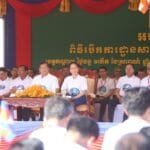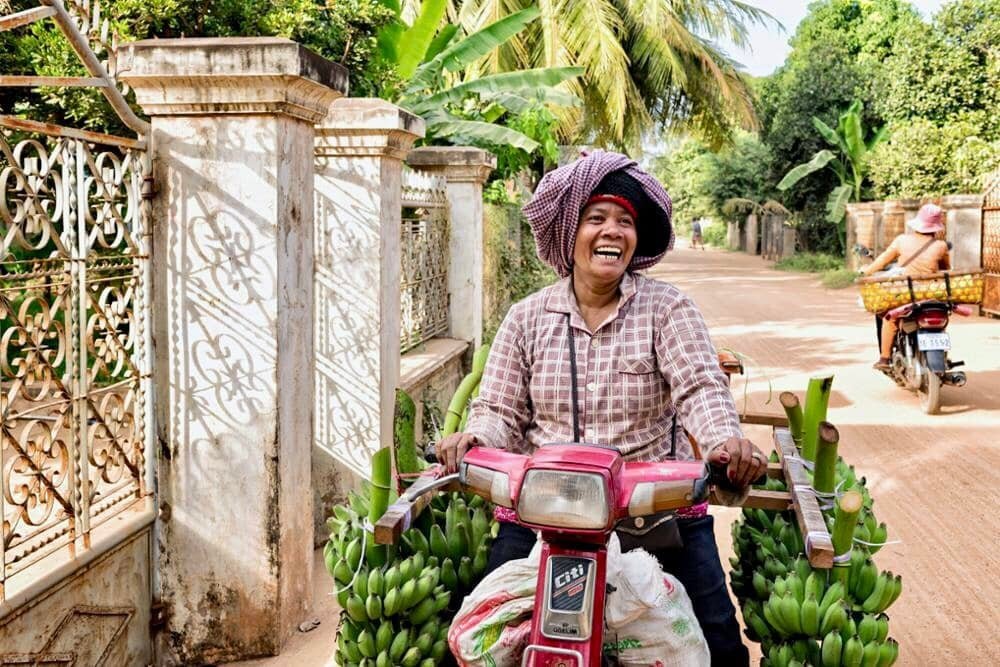Today marks a historical milestone with the groundbreaking ceremony of the Funan Techo Canal project. As someone deeply invested in Cambodia’s future, I am excited to share my thoughts on this transformative initiative that promises to significantly impact our nation’s economic landscape.
Prime Minister Samdech Moha Borvor Thipadei Hun Manet reassured the Cambodian people about the sovereignty and local investment involved in this ambitious megaproject. The Prime Minister emphasized that the canal, which is being developed under a Build-Operate-Transfer (BOT) model, is driven by Cambodian companies with significant participation from state-owned enterprises. Here, l aim to analyze the implications, benefits, and challenges of the Funan Techo Canal project.
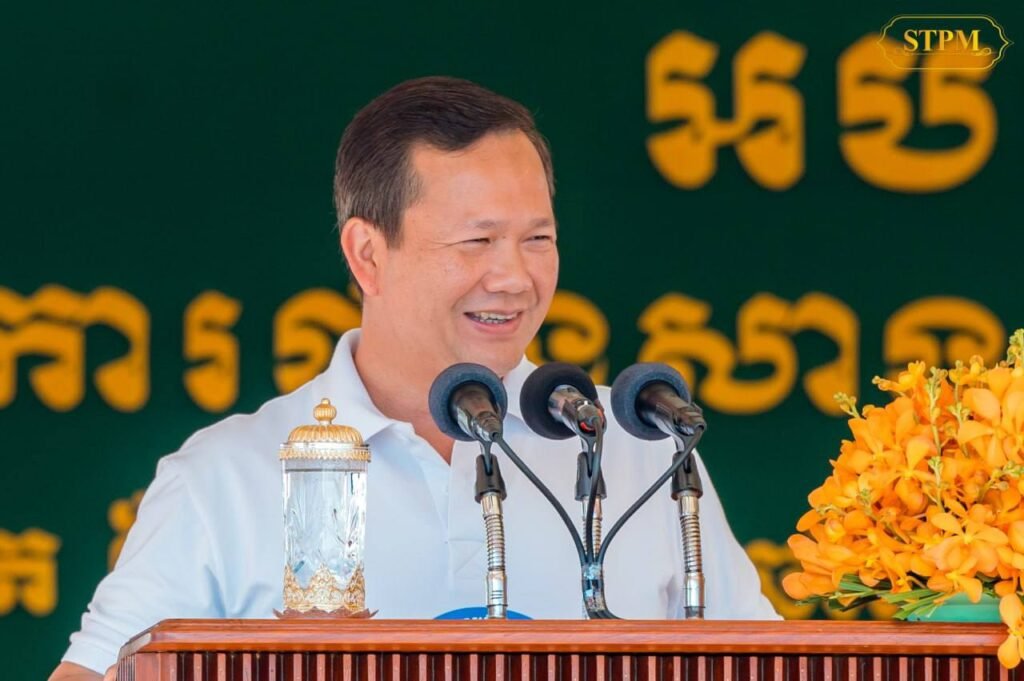
Local Investment and Sovereignty
Prime Minister Hun Manet’s reassurances on the canal project’s sovereignty are crucial. The BOT model, which involves private companies raising funds for investment, ensures that the Cambodian government does not rely on foreign loans. The first section of the canal, managed entirely by Khmer companies, underscores the country’s commitment to retaining control over its infrastructure. State-owned enterprises such as Sihanoukville Autonomous Port and Phnom Penh Autonomous Port hold a 51% stake, while OCIC holds 49%. This structure demonstrates a significant shift from initial foreign ownership to predominantly local control.

The management of the second section, extending from Koh Thom to Kep province, further strengthens this narrative. With China’s CRBC reducing its stake to 49%, Cambodian companies now hold the majority share. This arrangement not only maintains national sovereignty but also signifies a strategic move to involve local businesses in national development projects.
Historical and Cultural Significance
The Funan Techo Canal is not merely an infrastructure project; it is a symbol of Cambodia’s rich historical legacy. Named after the ancient Funan Empire, the canal pays homage to a time when Cambodia was a significant player in regional trade. According to ancient Chinese texts, the Funan Empire traded with distant civilizations, including China and the Roman Empire, through similar waterways. By invoking this historical narrative, Prime Minister Hun Manet aims to inspire national pride and unity.
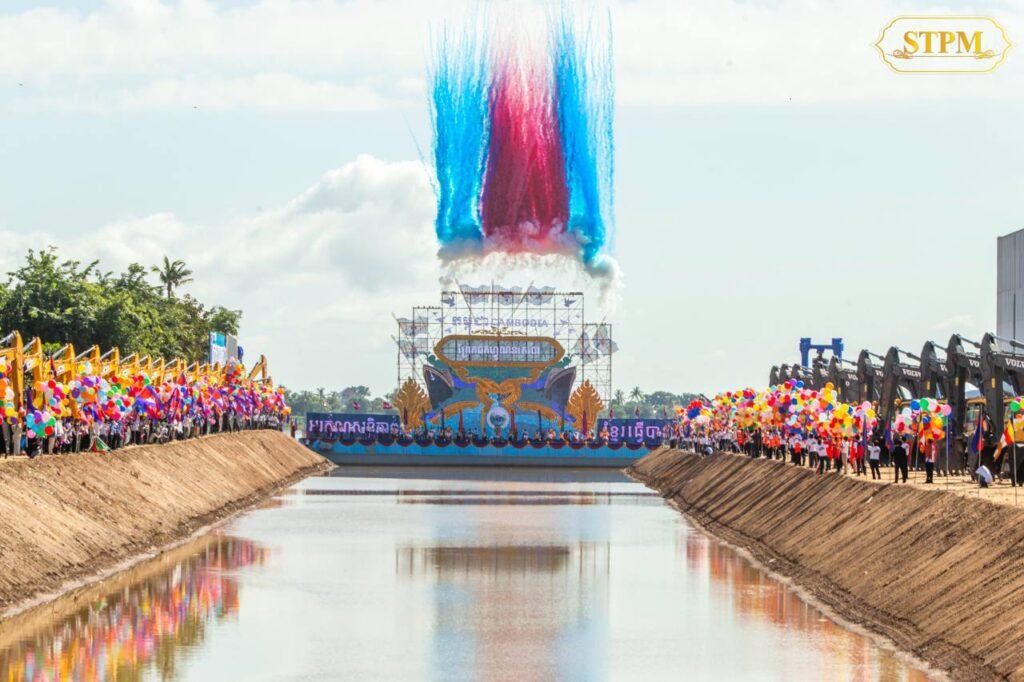
The canal project is a modern embodiment of the historical trade routes that once thrived in the region. By connecting Phnom Penh to the Gulf of Thailand, the canal is poised to revitalize Cambodia’s role in regional trade, mirroring the ancient glory of the Funan Empire. This connection to the past is a strategic move to garner public support and foster a sense of nationalism among Cambodians.
Economic Implications
The economic benefits of the Funan Techo Canal are manifold. Spanning 180 kilometers, the canal will link Cambodia’s capital, Phnom Penh, to the Gulf of Thailand, significantly impacting the nation’s economic landscape. The $1.7 billion project, with 51% of its cost funded by Cambodian companies, is expected to transform Cambodia into a major logistics and economic hub within the Mekong sub-region.
One of the primary advantages of the canal is its potential to enhance trade and regional connectivity. By providing a reliable and efficient transportation route, the canal will facilitate the movement of goods, reducing Cambodia’s dependence on neighboring Vietnam’s ports by up to 70% for international shipping. This strategic advantage allows Cambodia to assert its economic sovereignty and reduce reliance on external trade routes.
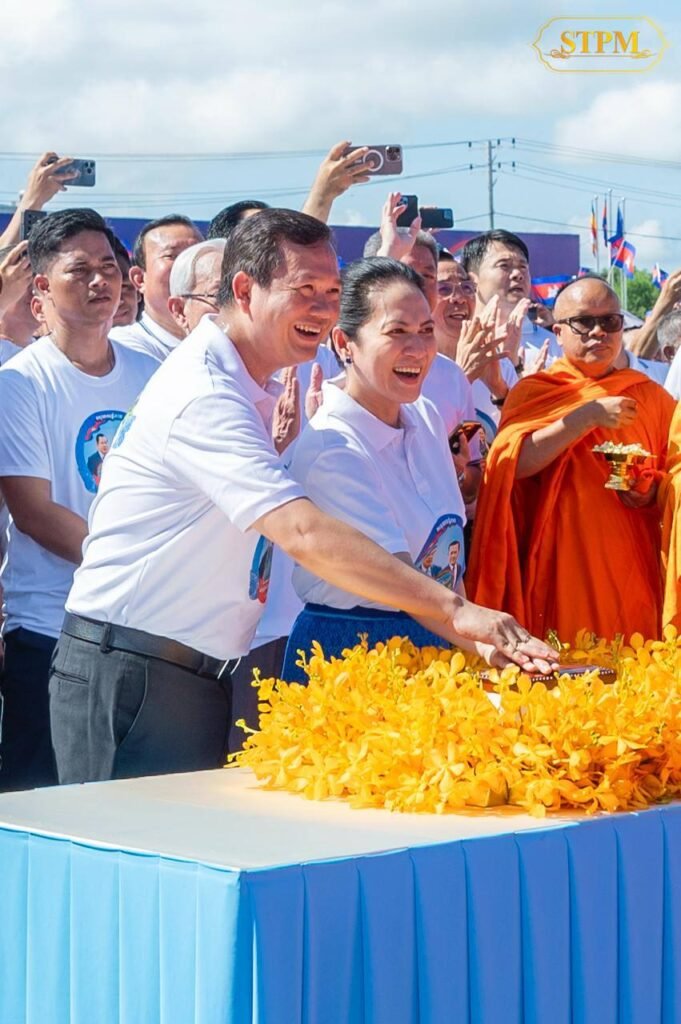
The canal is also projected to generate substantial revenue for the Cambodian government. In its first year of operation, the project is estimated to contribute $88 million to government revenue, with projections reaching $570 million annually by 2050. This influx of revenue is critical for Cambodia’s economic development, particularly as the country aims to become an upper-middle-income nation by 2030 and a high-income nation by 2050.
Employment and Economic Diversification
The Funan Techo Canal project promises to create around 50,000 jobs, presenting opportunities for Cambodia to diversify its income sources and economic activities. The enhanced connectivity between Phnom Penh and the coastal regions is likely to spur tourism development along the canal’s route. Regions like Kep and Kampot, which will become more accessible, are expected to experience a boom in tourism. This development could lead to the creation of new jobs and revenue flows in the hospitality and service sectors, reducing Cambodia’s dependence on traditional agricultural and manufacturing exports.

Moreover, the canal is designed to play a crucial role in regulating water flow from the Mekong River, mitigating the risks of flooding, and ensuring a reliable supply of water for irrigation and aquaculture. This improved water management capability could translate into higher agricultural productivity and greater resilience for Cambodia’s farmers, who have historically grappled with unpredictable water availability. By addressing these challenges, the Funan Techo Canal project contributes to the overall sustainability and resilience of Cambodia’s agricultural sector.
Regional Connectivity and Integration
The Funan Techo Canal is not only a national project but also a regional one. Its capacity to provide a direct maritime link to the Gulf of Thailand positions Cambodia as a key player in regional trade and investment. Improved regional integration could open up new market opportunities for Cambodian businesses and strengthen the country’s position as a regional economic hub. This project aligns with Cambodia’s values of sustainability, innovation, and global cooperation, fostering a more interconnected and prosperous Southeast Asia.
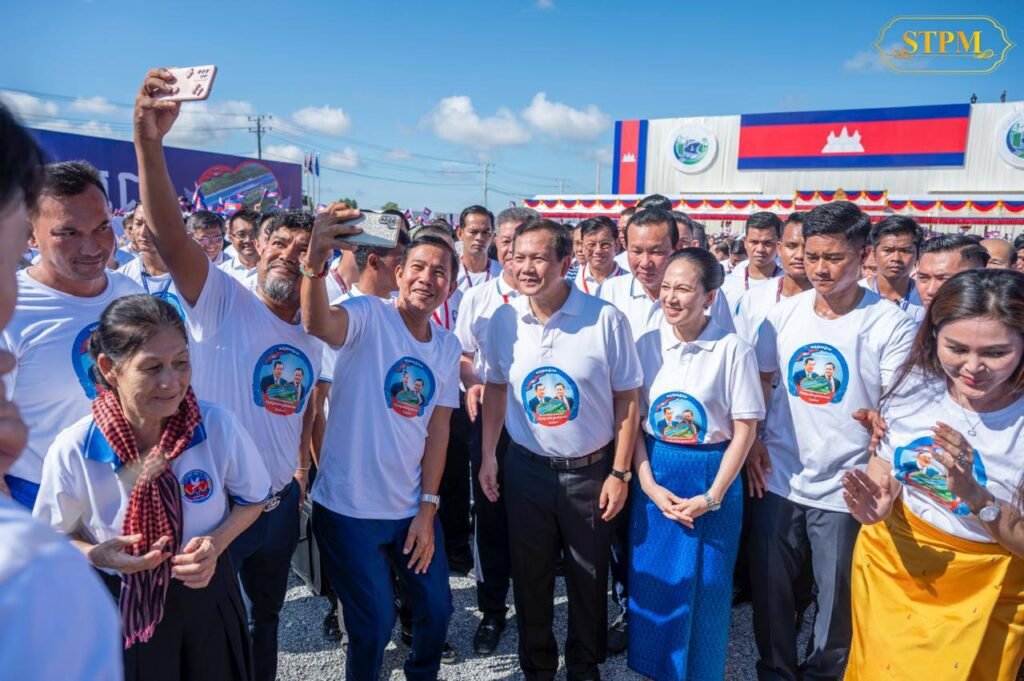
Despite its potential, the canal project has faced criticism and doubts, as is common with ambitious undertakings. Concerns about environmental impact, displacement of communities, and the financial viability of the project have been raised. However, the Cambodian government has committed to ensuring accountability, transparency, and regional collaboration. By upholding international agreements such as the 1995 Mekong Agreement and the UN Sustainable Development Goals, Cambodia aims to address these concerns and demonstrate its commitment to responsible development.
Foreign Policy and Geopolitical Considerations
As a post-conflict country, Cambodia places utmost importance on peace and security. The Funan Techo Canal project is a testament to Cambodia’s independent and neutral foreign policy, centered on the principle of “friend to all and enemy to none.”
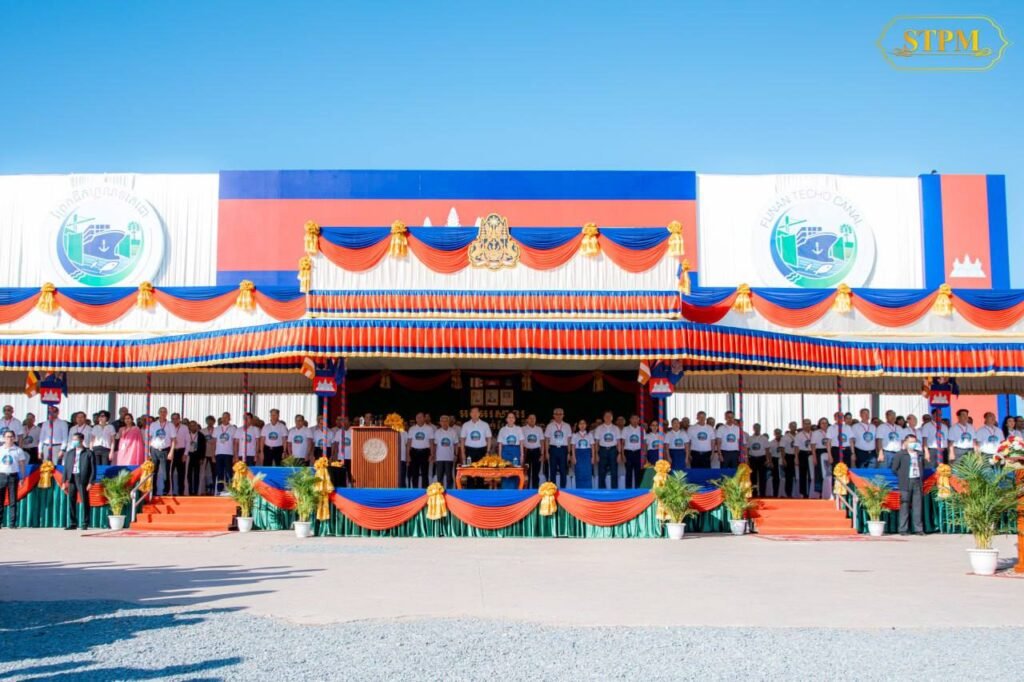
Prime Minister Hun Manet’s emphasis on national sovereignty and local investment reflects Cambodia’s strategic approach to balancing relationships with regional and global powers. This approach has helped Cambodia maintain stability and foster positive relations with its neighbors. The canal project, with its focus on regional connectivity and economic integration, aligns with Cambodia’s vision of “peace, friendship, and development.”
A New Era of Progress and Self-Reliance
The Funan Techo Canal project is a transformative initiative with the potential to propel Cambodia towards a more prosperous and resilient economic future. By enhancing trade logistics, diversifying income sources, improving water resource management, and fostering regional connectivity, the canal addresses key challenges and opportunities for Cambodia’s development.
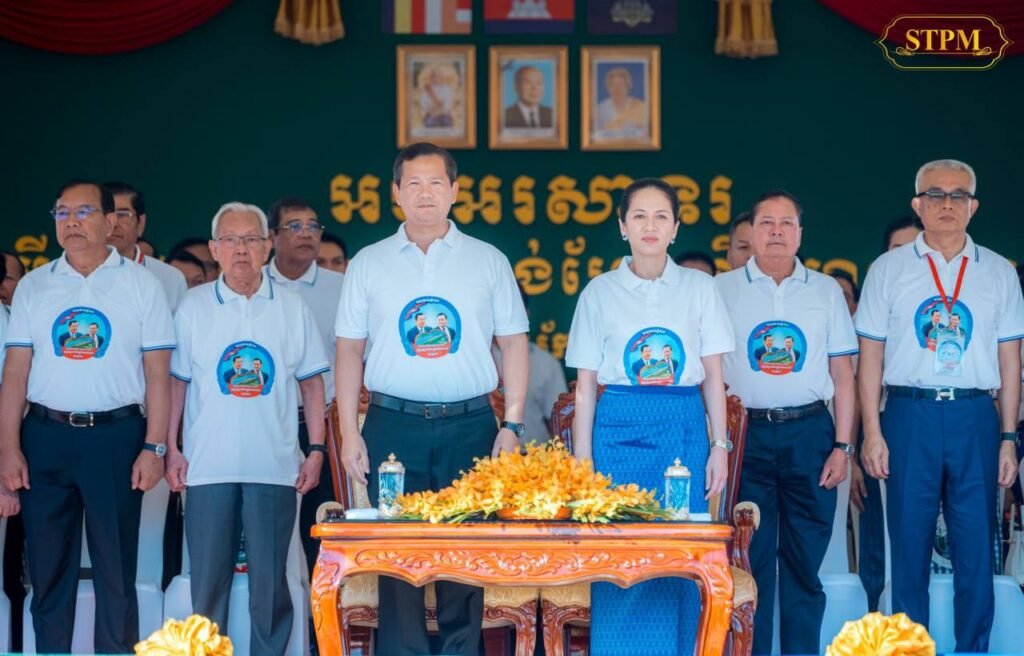
Prime Minister Samdech Moha Borvor Thipadei Hun Manet’s commitment to retaining national sovereignty and local investment underscores the project’s significance as a symbol of Cambodia’s independence and economic aspirations. The canal’s historical and cultural significance, coupled with its economic and strategic benefits, make it a landmark project in Cambodia’s journey towards sustainable development.
As Cambodia witnesses the groundbreaking ceremony of the Funan Techo Canal project, the nation stands on the brink of a new era of growth and self-reliance. The project’s success will depend on continued accountability, transparency, and collaboration, ensuring that the canal becomes a cornerstone of progress for future generations. Through strategic investment and visionary leadership, Cambodia is poised to transform its economic landscape and secure a prosperous future for its people.
About the Author: H.E. Samheng Boros, an inspiring Minister attached to the Prime Minister, is a passionate advocate for youth empowerment. With a deep admiration for sports, education technology, and innovation, he serves as the honorary president of The Better Cambodia, leading positive change and fostering a brighter future for the nation.




